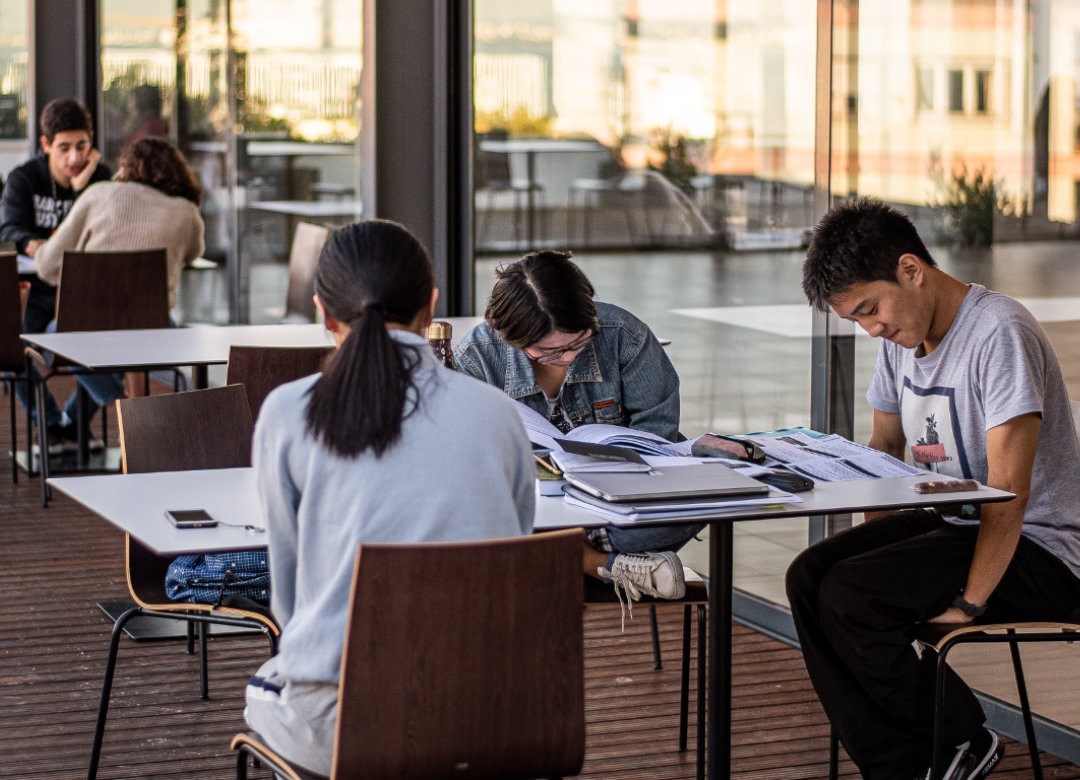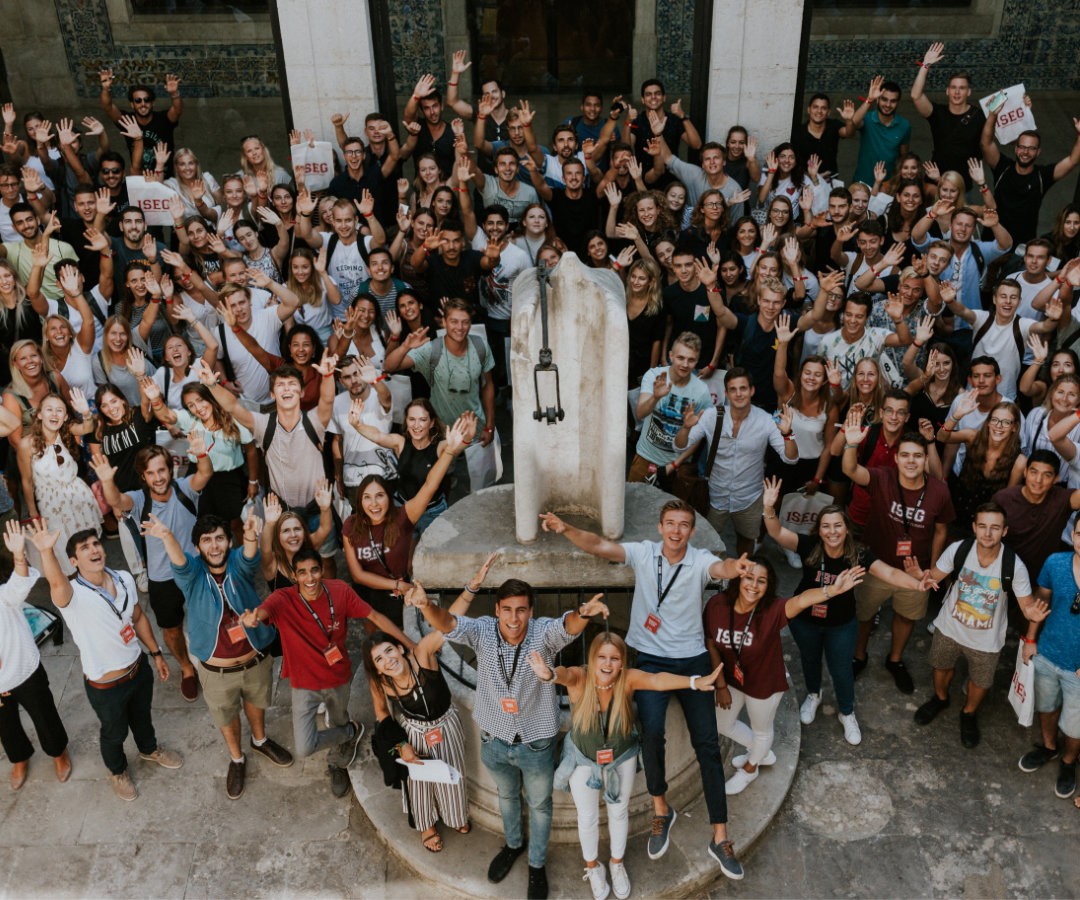Aluno: IÑigo Resco San Jose
Resumo
Simulation schemes to estimate volatility from high frequency data lead some authors to start studying local volatility models, where the local volatility of the stock varies with the stock price and the stock price is itself stochastic. Hence, in local volatility models, volatility is stochastic, but only because it is a function of the stochastic stock price. This typically produces a skew in implied volatility (known as volatility smile), which can also be obtained by using stochastic volatility models (like, for example, the Heston stochastic volatility model), where the constant volatility of the Black-Scholes model is replaced by a stochastic process driven by a random factor correlated with the random factor that drives the price of the underlying asset.
Recently, Bayer et al. in [1] have gone a step further from local and stochastic volatility modelling, proposing rough fractional stochastic volatility (RFSV) models stating that log-volatility behaves as a fractional Brownian motion with Hurst exponent H less than 0.5, which is essentially a non-Markovian process with stationary but not independent increments. As a particular case for the RFSV model, these authors proposed the so-called rough Bergomi (rBergomi) model. In this dissertation, the rBergomi model is implemented by using the Hybrid scheme proposed by Bennedsen et al. in [3], and the implied volatility smiles over the SPX options are estimated for different maturities. Finally, as the model depends only on three parameters: H, η (related to increments of log-volatility) and ρ (correlation factor), these were calibrated to market data.
Trabalho final de Mestrado








